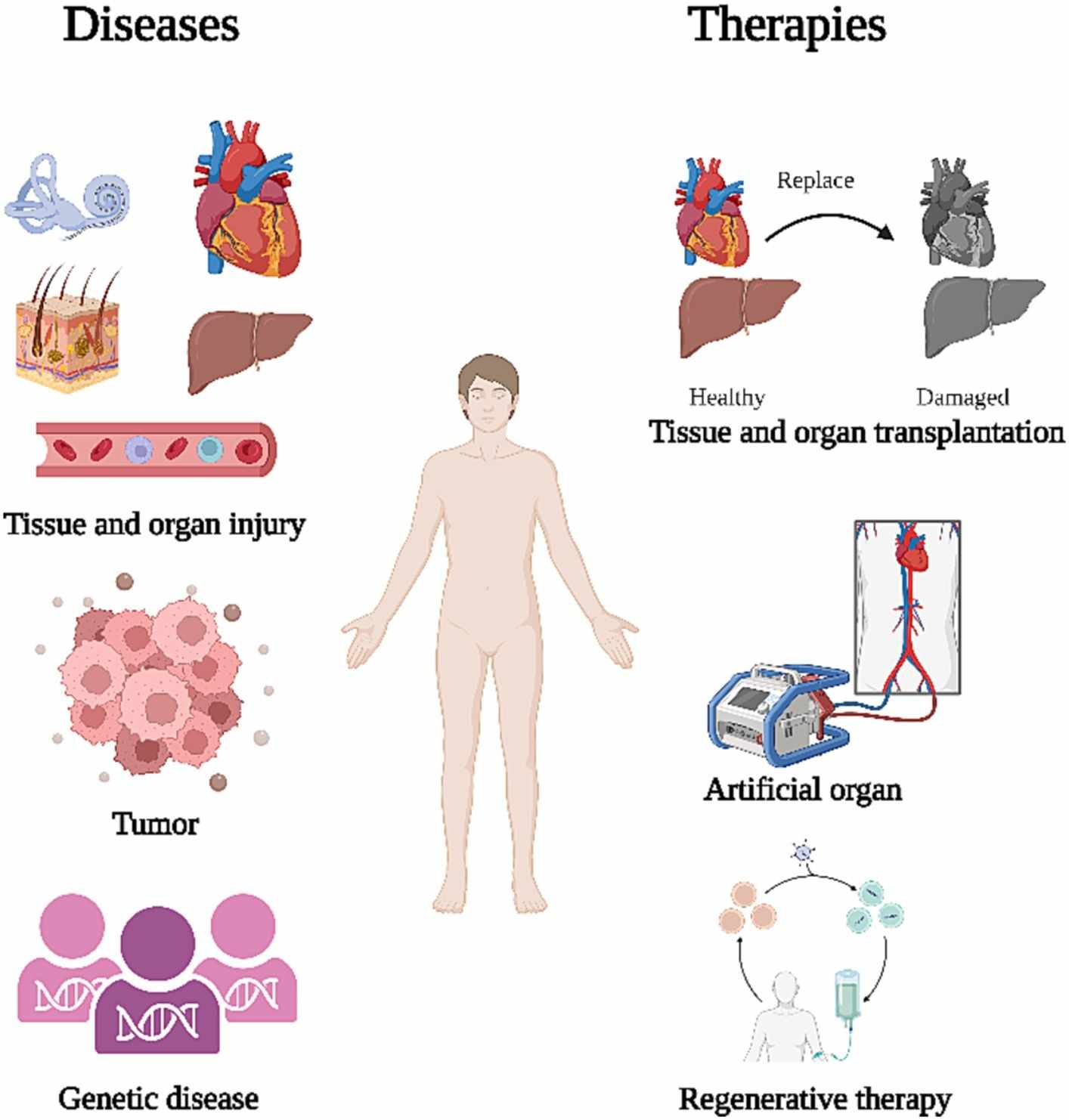The Promise of Regenerative Medicine
For decades, spinal disorders have been associated with limited treatment options that mostly focused on pain management or invasive surgeries. The emergence of regenerative medicine has introduced a new pathway, offering patients hope for long-term relief and repair. The role of Stem Cell Therapy in Spinal Disorders has been steadily gaining attention for its potential to regenerate damaged tissues, reduce inflammation, and improve overall mobility. This approach has sparked interest among patients and specialists looking for alternatives to traditional treatments.

Understanding Stem Cell Applications in Spinal Disorders
The use of Stem Cell Therapy in Spinal Disorders goes beyond addressing symptoms and instead focuses on the repair of the underlying damage. Stem cells, with their ability to develop into different types of cells, can be directed to restore spinal tissues such as discs, nerves, and cartilage. For individuals suffering from degenerative disc disease or spinal injuries, this therapy introduces possibilities that conventional medicine rarely achieves. It is being studied not only for pain reduction but also for reversing structural deterioration in the spine.
Clinical Significance and Research Advancements
Ongoing research has shown promising outcomes in both laboratory and clinical settings. Scientists continue to investigate the extent to which stem cells can integrate into damaged areas and enhance tissue recovery. While regulatory approvals are still evolving, early trials demonstrate improvements in pain relief, function, and quality of life. Studies of Stem Cell Therapy in Spinal Disorders indicate that results vary based on patient condition, age, and the severity of damage. Nevertheless, the growing evidence has encouraged more clinical interest and innovative approaches to spinal regeneration.
Exploring Stem Cell Infusion Techniques
Another innovative use of regenerative science is the practice of Stem Cell Iv Infusion, which delivers stem cells directly into the bloodstream. This approach allows cells to circulate and target areas of inflammation or damage throughout the body. Patients with systemic conditions or chronic inflammation may benefit from this technique as it maximizes distribution. Unlike localized injections, infusion therapy provides a broader reach, enabling the cells to potentially aid in repair and rejuvenation in multiple tissues, including those affected by complex spinal issues.
Applications and Potential Benefits of Infusions
The effectiveness of Stem Cell Iv Infusion lies in its ability to support the body’s natural healing response. Once introduced into circulation, the stem cells migrate to sites requiring regeneration. Reports suggest that this process may contribute to reduced inflammation, faster recovery times, and enhanced mobility for patients suffering from various spinal conditions. Although clinical results are still being carefully studied, infusion therapy has captured the attention of researchers for its adaptability and non-invasive delivery system, making it a compelling complement to localized spinal treatments.
Balancing Innovation with Realistic Expectations
While regenerative therapies show remarkable promise, patients and clinicians must balance optimism with caution. Outcomes are influenced by factors such as treatment protocols, cell sourcing, and overall health. Not every patient may respond the same way, and long-term research is still underway to establish standardized practices. Still, the excitement surrounding Stem Cell Iv Infusion and related treatments continues to inspire new possibilities in medicine. The growing interest in these methods reflects a shift toward more holistic and restorative healthcare approaches.
Conclusion: A New Era in Spinal Regeneration
The advancement of regenerative medicine is reshaping perspectives on spinal care. From targeted applications like Stem Cell Therapy in Spinal Disorders to systemic approaches such as Stem Cell Iv Infusion, patients are beginning to access therapies that move beyond symptom management toward actual healing potential. With continued research and careful application, these treatments may significantly alter the future of spinal medicine. For those seeking deeper insights and specialized services, rmrmco.com offers valuable resources on emerging regenerative practices and their growing role in healthcare today.



Write a comment ...